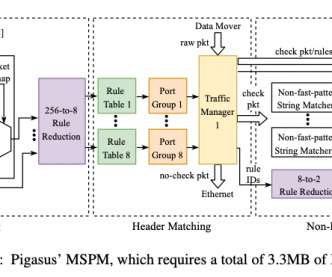Protecting critical infrastructure and services: Ensure efficient, accurate information delivery this election year
Dynatrace
APRIL 15, 2024
These components include schools; transportation; energy; water; and communications such as the accuracy, timeliness, and transparency of election reporting. Every hardware, software, cloud infrastructure component, container, open source tool, and microservice generates records of every activity within modern environments.





















Let's personalize your content